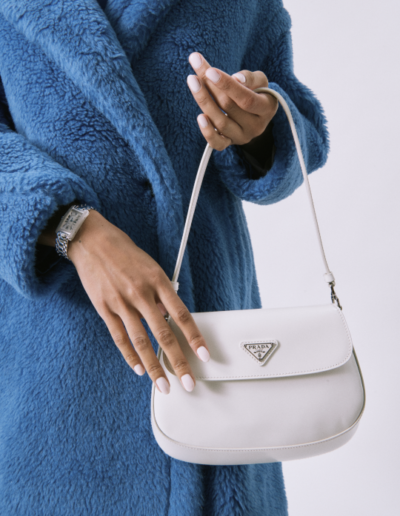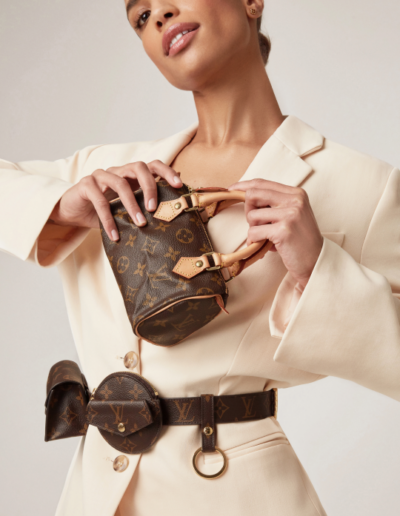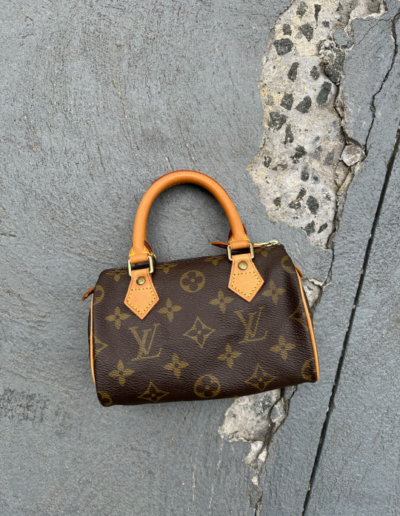DESIGNER 101
Mansur Gavriel 101:
A History
By AKS. Jan 15, 2021

In early 2013, a little known brand named Mansur Gavriel burst
onto the fashion scene, seemingly out of nowhere. The brand’s two styles – an unfussy, vegetable-tanned leather bucket bag, and a clean, utilitarian tote – were fresh additions to the contemporary price point arena, which was saturated with thinly-disguised takedowns of high-end luxury bags.
Mansur Gavriel’s simple, chic, and sophisticated bags filled a hole in the accessories market and resolved the need for pieces with timeless style rather than of-the-minute trends.
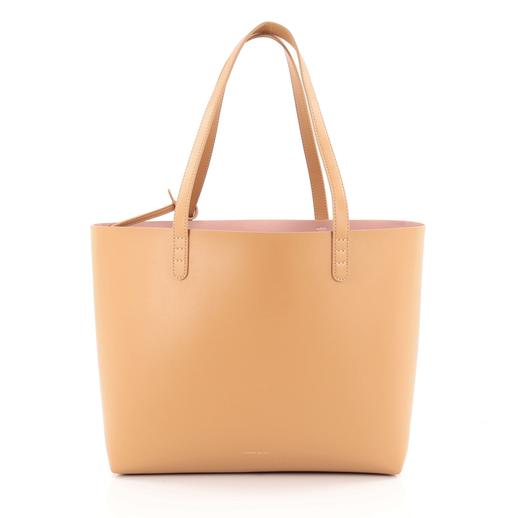
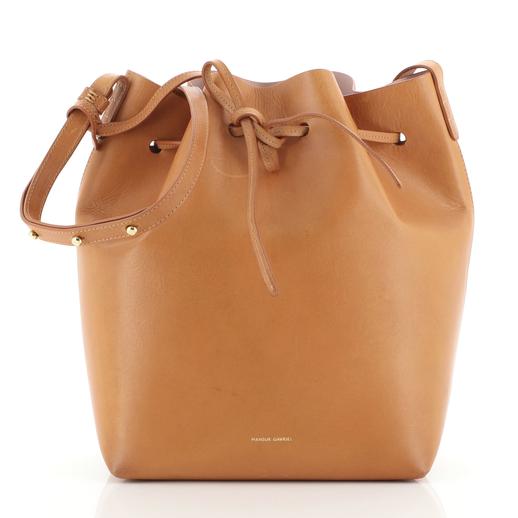
From left to right: The Mansur Gavriel Shopper Tote, and the Bucket Bag
The Beginning of Mansur Gavriel
Rachel Mansur and Floriana Gavriel serendipitously met in LA at a concert in 2010 and instantly clicked. Mansur graduated from Rhode Island School of Design with a degree in textiles, while Gavriel had earned her degree in fashion design at the University of the Arts Bremen in Germany. The two fashionably-inclined ladies realized they had a lot in common: a similar educational background, a shared fashion aesthetic, and the insight that there was a lack of handbags in the contemporary market that retained their value over time and were reasonably priced. After visiting each other in LA and Germany a few times, they decided to work on a project together. And so, brought forth by a personal need and two pairs of sharp eyes, the concept of an affordable luxury line was born.
Their dream of a seasonless handbag line that would age well depended entirely on the right materials, construction, and attention to detail. The duo sourced a high-quality, vegetable-tanned leather from Italy. They knew they wanted the interior to be a different color leather than the exterior, so they spent some time experimenting in Mansur’s Santa Monica barn. After testing various techniques, they eventually settled on bonding the two layers of leather together. After two years of development and saving, Mansur and Gavriel produced proto samples in LA and NY. The next step was to grow interest in their line and procure orders. In February 2013, they booked a booth at the capsule trade show in New York, where they caught the eye of a few indie boutiques who placed small orders. But their real breakthrough came when Gavriel ran into NY-based fashion designer Steven Alan. After viewing the line before its launch, Alan knew the burgeoning brand had something special and became one of their first customers.

Floriana Gavriel and Rachel Mansur, Courtesy of W Magazine
The Debut of Mansur Gavriel
Mansur Gavriel debuted their line in June of 2013 and immediately caught the eye of retailers, editors, and tastemakers alike. The Bucket Bag quickly became a favorite of the “in crowd” thanks to blogger Garance Doré and a little help from Instagram. By September of the same year, at Fashion Week, the Mansur Gavriel Bucket Bag emerged as the “it bag.” With the demand for the initial limited run immediately outpacing the supply, the duo could not keep up. Even still, the designers decided to forgo using multiple factories to ramp up production in order to maintain control of the integrity and quality of the materials and product. This had a secondary effect of further driving the bags’ cult fashion status and demand. Within a month of hitting the market, the bags completely sold out, and long waitlists, comparable only to that of an Hermès Birkin, ensued. For the next few years, the bags sold out consistently, and the Bucket Bag became the most in-demand bag in the world.
Due to the high demand and the consistency of 100% sell-throughs, Mansur Gavriel found themselves in the unprecedented position of being able to leverage upfront deposits from stores for wholesale orders, turning the traditional wholesale agreement structure on its head. Usually, a vendor puts their own money up to pay for manufacturing. In the unstable world of fashion, this can be risky because the cycle of development is continuous, and the next delivery overlaps with the production of the one prior, thus tying up large amounts of capital. There is also typically a three month time period from when a production order is placed to when it finally ships. During that time, a wholesaler can go out of business or refuse to pay – even though they received the goods. But because Mansur Gavriel received deposits upfront for orders, production was paid for in advance, and they were able to invest in growing their brand. Next up, they launched shoes, which was then followed by apparel.
Recently, in 2019, Mansur Gavriel took on their first investor, selling a majority stake to private equity firm GF Capital Management and Advisors. This investment could potentially lead to additional brick and mortar locations and an expansion of the brand’s e-commerce platform. Thankfully both Mansur and Gavriel have stayed on as creative directors and shareholders. Now the fashion world waits eagerly to see what comes next for the trailblazing brand.

